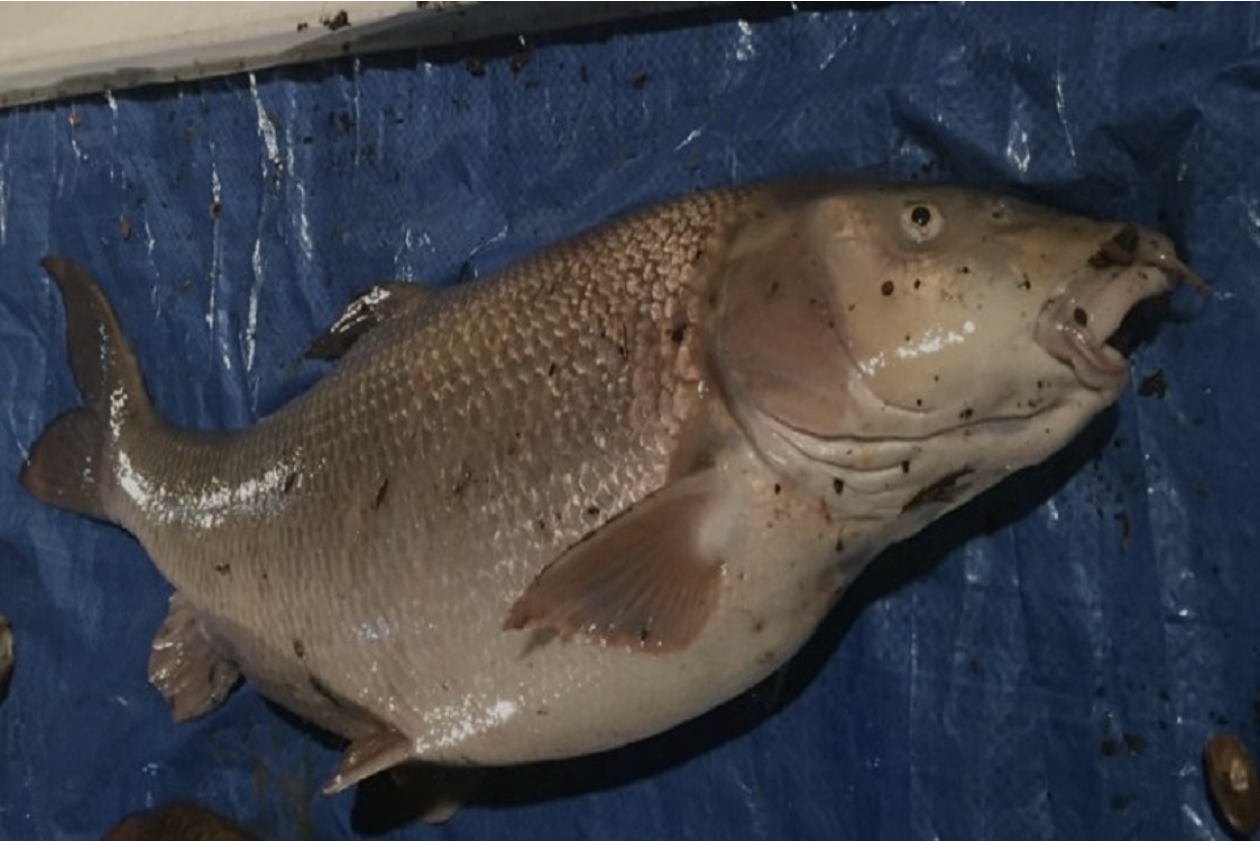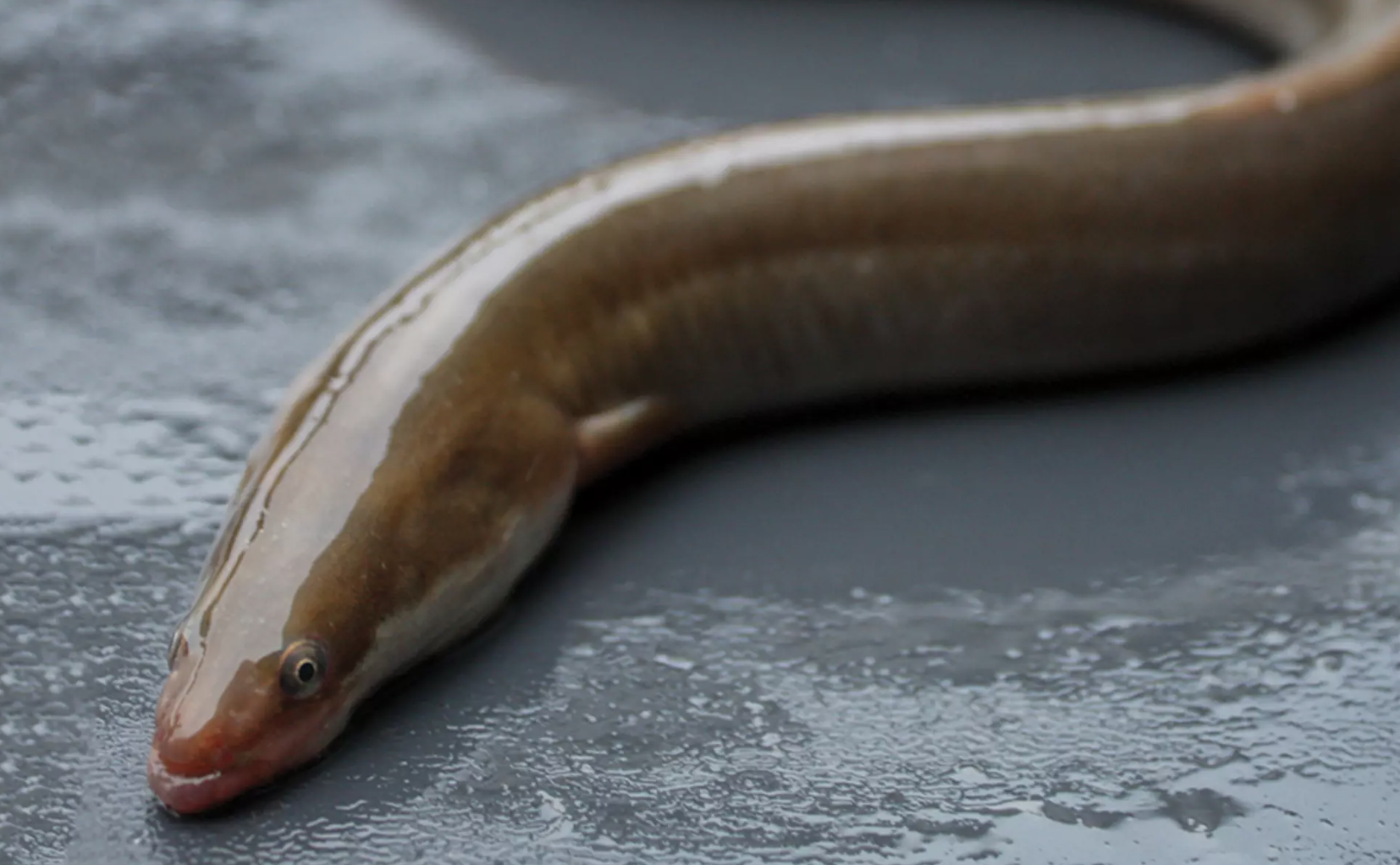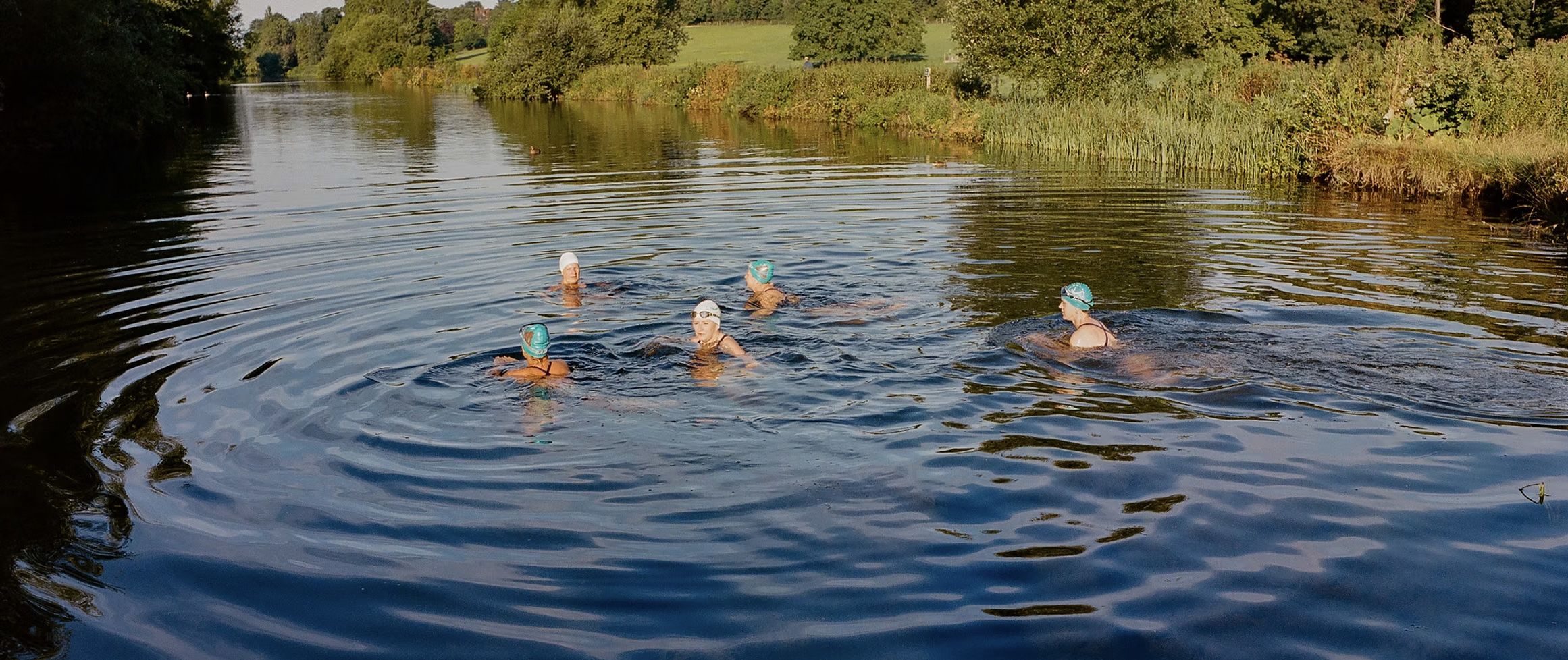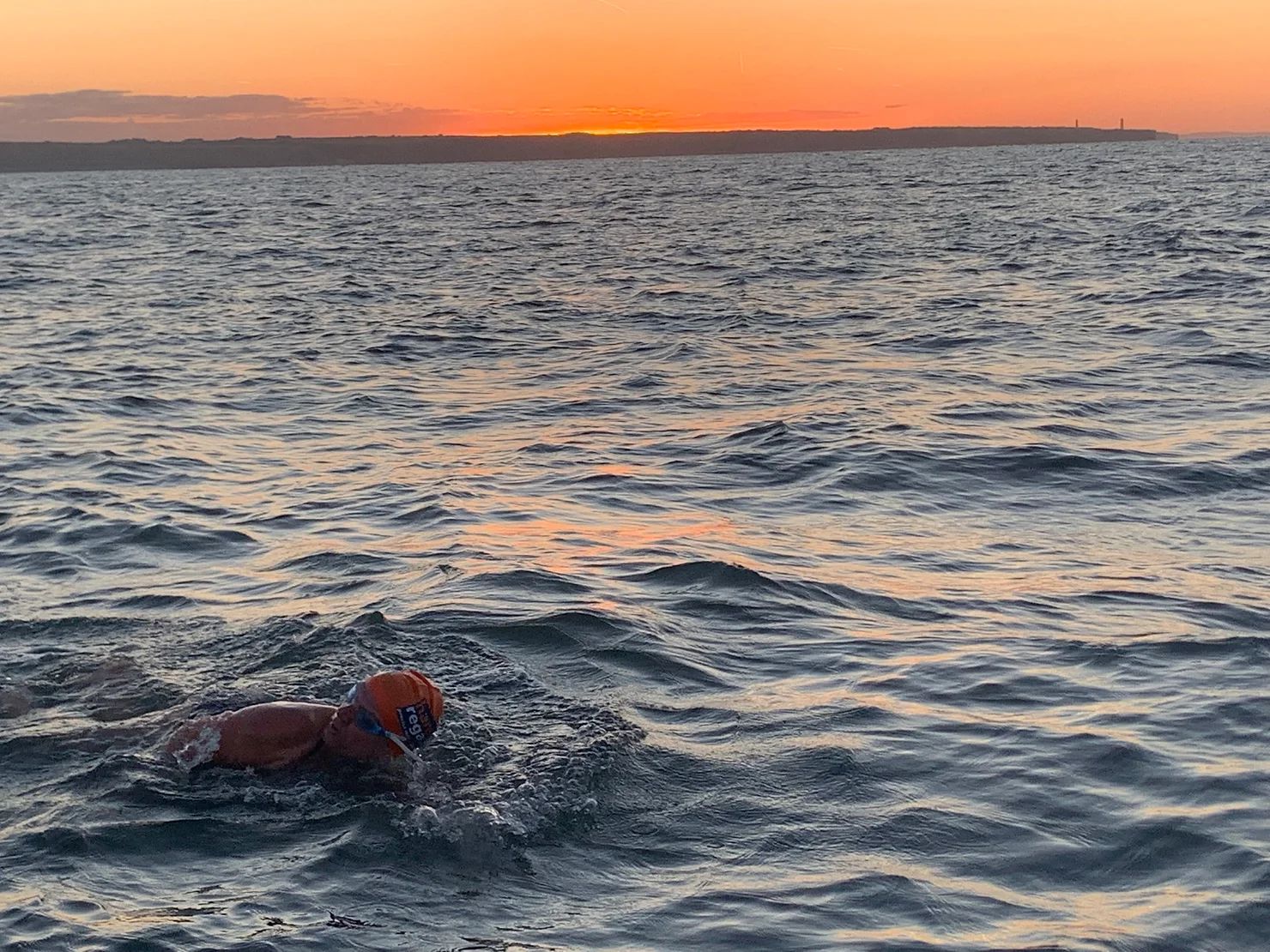The dirty truth: how sewage is polluting the River Thames
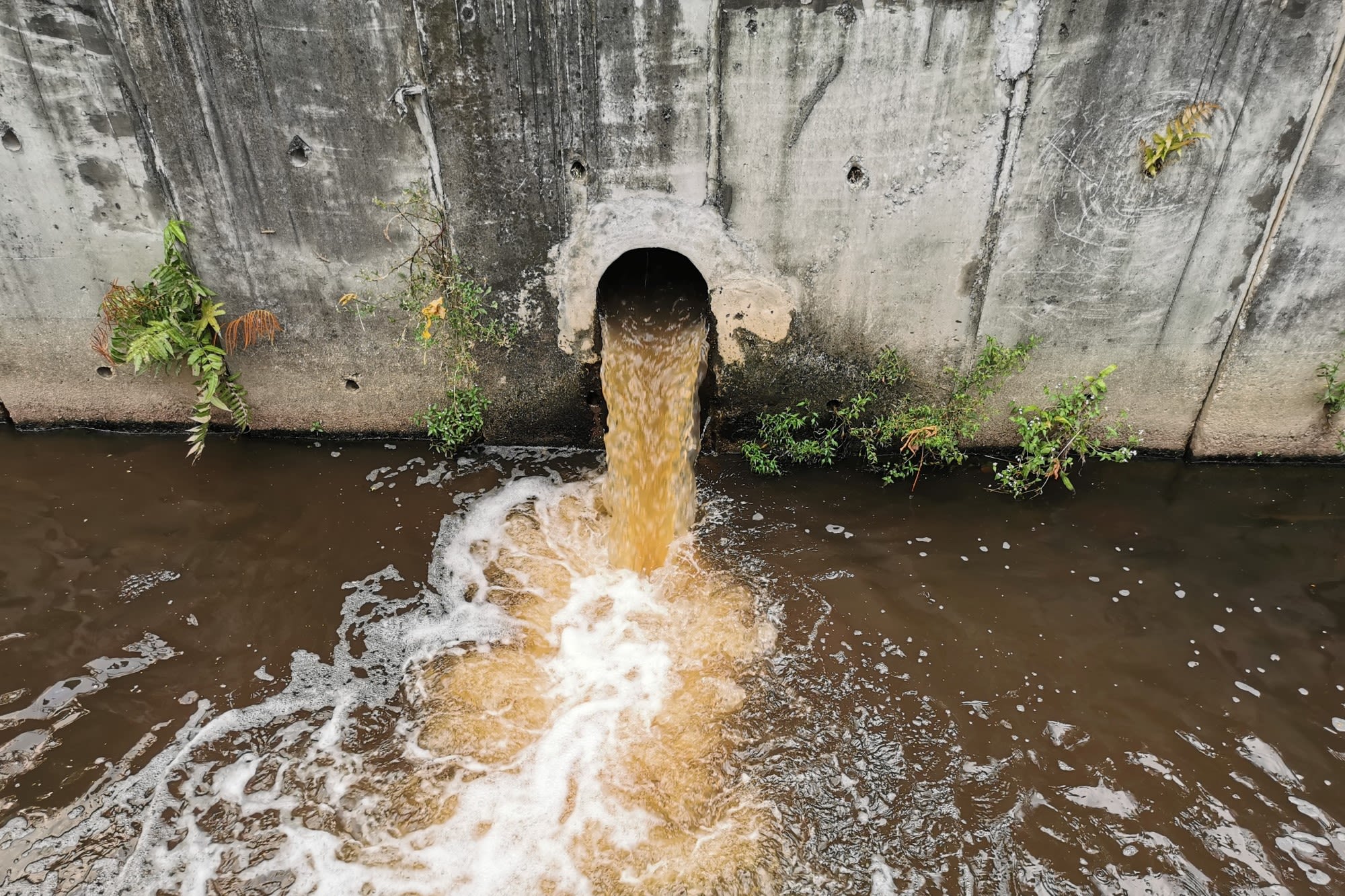
In 2023, over 14 billion litres of sewage were pumped into the River Thames—a staggering 444 litres a second. That’s the equivalent of 15 Olympic-sized swimming pools filled with sewage being dumped into the River Thames every single day. The most alarming instance occurred in 2023 at Mogden Sewage Treatment Works in Isleworth, where 558 million litres of waste were dumped in one day. This is not merely a statistic, but a profound indictment of the current water management system.
Stretching over 346 kilometres from its source in Gloucestershire, the Thames is more than a river—it’s a vital ecosystem, a hub for recreation, and a cultural icon. Yet beneath its surface lies a crisis that threatens both ecological balance and public health.
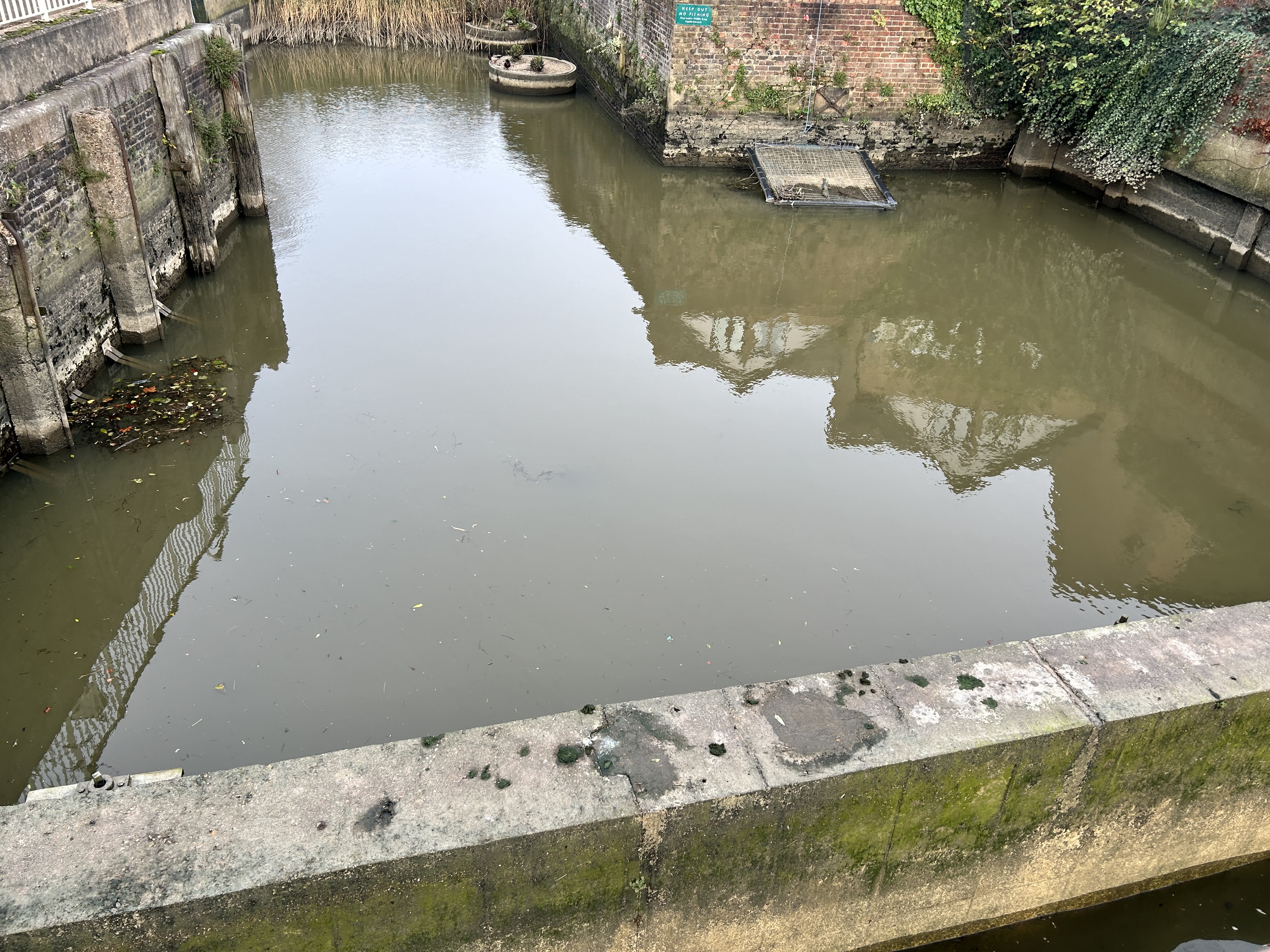
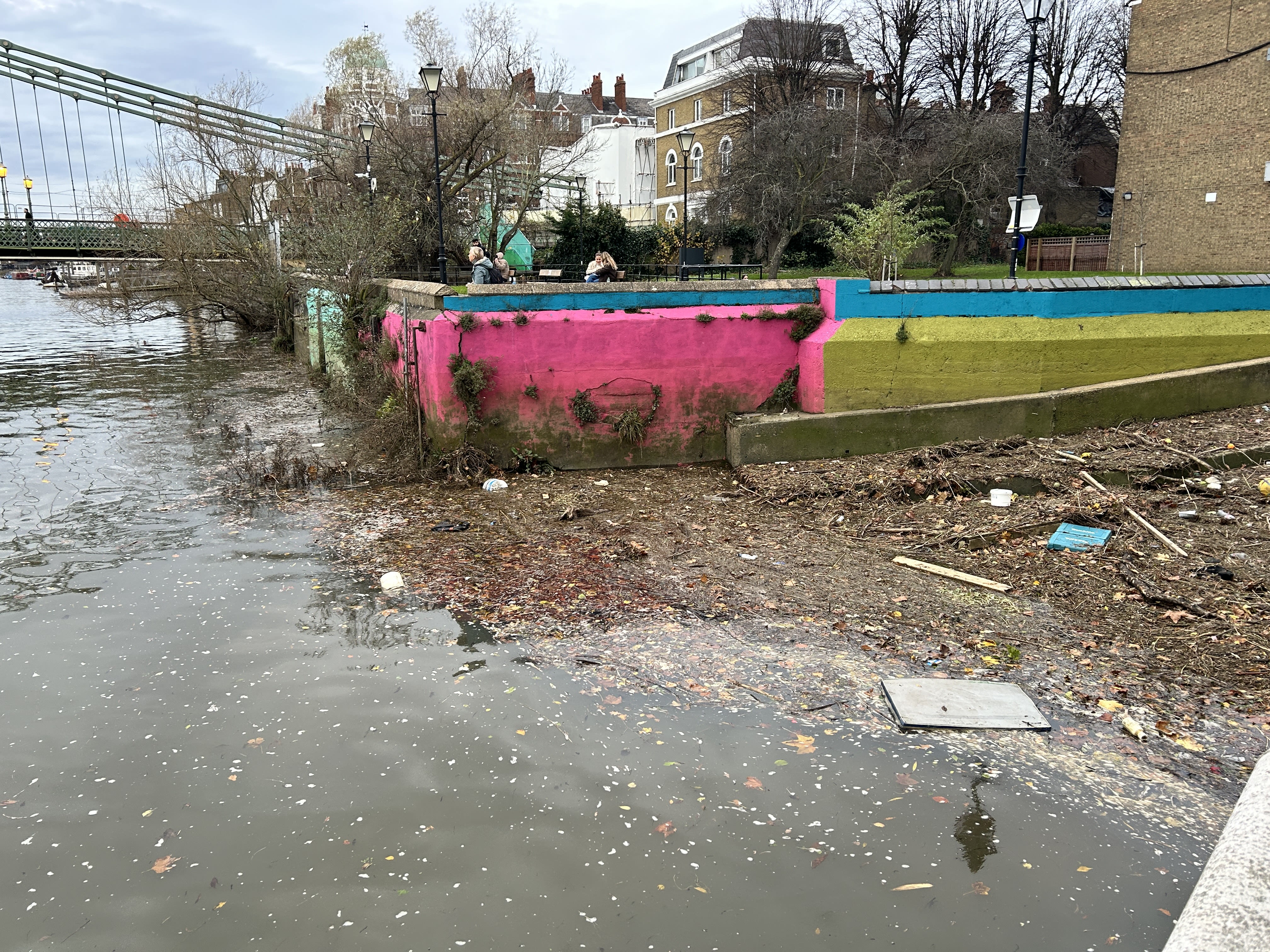
Victorian-era sewage systems, with some pipes dating back over 150 years, were originally designed to serve a population of four million. Today, London’s population has more than doubled since its construction, putting immense strain on a system never intended to handle such volume. The 55,000-kilometre sewer network now regularly collapses under modern pressures. During heavy rainfall or peak usage, the system diverts untreated sewage directly into the River Thames through combined sewer overflows (CSOs).
Wastewater poses a complex environmental and public health challenge, comprised of a multifaceted mixture of domestic, industrial, and commercial waste. It is a toxic cocktail of human waste, industrial runoff, chemical contaminants, and organic debris. It also introduces pathogens, metals, and other pollutants, which can contaminate drinking water, restrict recreational activities, and harm wildlife. The Event Duration Monitoring (EDM) published by the Environment Agency, which measures the frequency and duration of spills from storm overflows in England, revealed a 54% increase in the number of sewage spills in 2023 compared to the previous year. When untreated wastewater is discharged into natural waterways, the environment and human health suffer.
The ecological consequences of persistent sewage discharge reveal a systemic assault on the river's intricate ecosystems. These pollution events have devastating effects on the wildlife living in and around the Thames. Untreated wastewater can harm aquatic ecosystems, causing oxygen depletion, toxic algae blooms, and habitat destruction. In 2017, for example, thousands of fish died after a pump at a sewage treatment works in Crawley was mistakenly activated. Among the species at significant risk were critically endangered European eels, whose populations have been steadily declining since the 1980s. The Thames, once teeming with diverse species, now struggles to sustain its ecosystem due to frequent pollution.
Photo courtesy of the Environmental Agency.
Photo courtesy of the Environmental Agency.
Photo courtesy of Zoological Society of London.
Photo courtesy of Zoological Society of London.
Video by Sydney Boyd.
Video by Sydney Boyd.
The persistence of such pollution underscores the urgent need for systemic change to protect the river and its inhabitants. The health of the Thames and its ecosystems is not only crucial for wildlife but also for the communities who depend on it for recreation, industry, and cultural heritage.
For groups like the Henley Mermaids, the pollution is both personal and urgent. What started as a group of women doing swimming challenges together for charity has evolved into a campaign for clean rivers. Their activism began during training for a swim across the English Channel, when they were frequently told they were “mad” for swimming in the River Thames due to its sewage contamination.
Photograph courtesy of Henley Mermaids
Photograph courtesy of Henley Mermaids
Photograph by Sam Bush
Photograph by Sam Bush
Member Jo Robb, a Green Party Councillor and the River Thames Champion for South Oxfordshire have been at the forefront of their campaign for clean rivers. After discovering alarming data about the hours of raw sewage discharge, the group shifted its focus from swimming challenges to advocating for cleaner, safer rivers. In 2022, the Mermaids swam the length of the Thames from its source, marking their first major action as a group to raise awareness for cleaner rivers and raise money for Surfers Against Sewage.
Campaigning for over five years, Robb is acutely aware of the severe impact sewage pollution has on both the environment and human health. She has felt these effects first-hand, having been left bedridden for an entire day after completing a 10km swim in the Thames. Her personal experience underscores the widespread health risks posed by the river’s contamination. As she puts it: “I think everybody who swims in the Thames has been sick at one time or another.”
Robb’s experience highlights the very real health risks faced by those who swim in polluted waters, a concern echoed by experts in the field. Dr Jackie Knee, an Assistant Professor of Environmental Health and Microbiology in the Department of Disease Control at the London School of Hygiene & Tropical Medicine (LSHTM), explains the profound health risks lurking beneath the river’s surface: “Recreational use of water bodies contaminated with partially treated or untreated sewage can have several health impacts, including diarrhoeal disease, due to exposure to pathogenic microorganisms that can be present in sewage. While most diarrhoeal disease will resolve on its own, some of these microorganisms may be resistant to common antibiotics, potentially complicating treatment. Effective regulation and investment in infrastructure are key to limiting contamination events and mitigating associated health risks.”
Photograph courtesy of Henley Mermaids
Photograph courtesy of Henley Mermaids
Photograph by Sam Bush
Photograph by Sam Bush
Activists like Robb argue that addressing water contamination requires bold, systemic change rather than incremental regulatory adjustments. “We’ve been dealing with 35 years of under-investment since privatization,” she asserts. “The scale of the challenge we now face to bring our sewage infrastructure up to standard is so enormous that nothing short of total system change is going to suffice.” Robb is particularly critical of the privatization model, arguing that “the profit motive and the extraction of profit for private shareholders has been proven to be incompatible with realizing environmental targets and environmental ambitions.” She advocates for taking water companies back into public ownership, believing that only by removing the profit motive can the industry truly prioritize environmental and public health concerns.
The Thames Tideway Tunnel, often called the “Super Sewer,” is a massive infrastructure project designed to address London’s outdated sewage system. Stretching 25 kilometres beneath the River Thames, this £4.2 billion project aims to capture, store, and transfer sewage that currently overflows into the river during heavy rainfall.
Conceived as a solution to the city’s inadequate sewer system, the tunnel will intercept up to 39 million tonnes of untreated sewage annually that would otherwise be discharged directly into the Thames. Running from Acton in West London to Abbey Mills in East London, the tunnel is expected to significantly reduce pollution and improve the river’s water quality. With all works anticipated to be completed by next year, this represents a crucial milestone in addressing the long-standing issue of sewage contamination in the Thames.
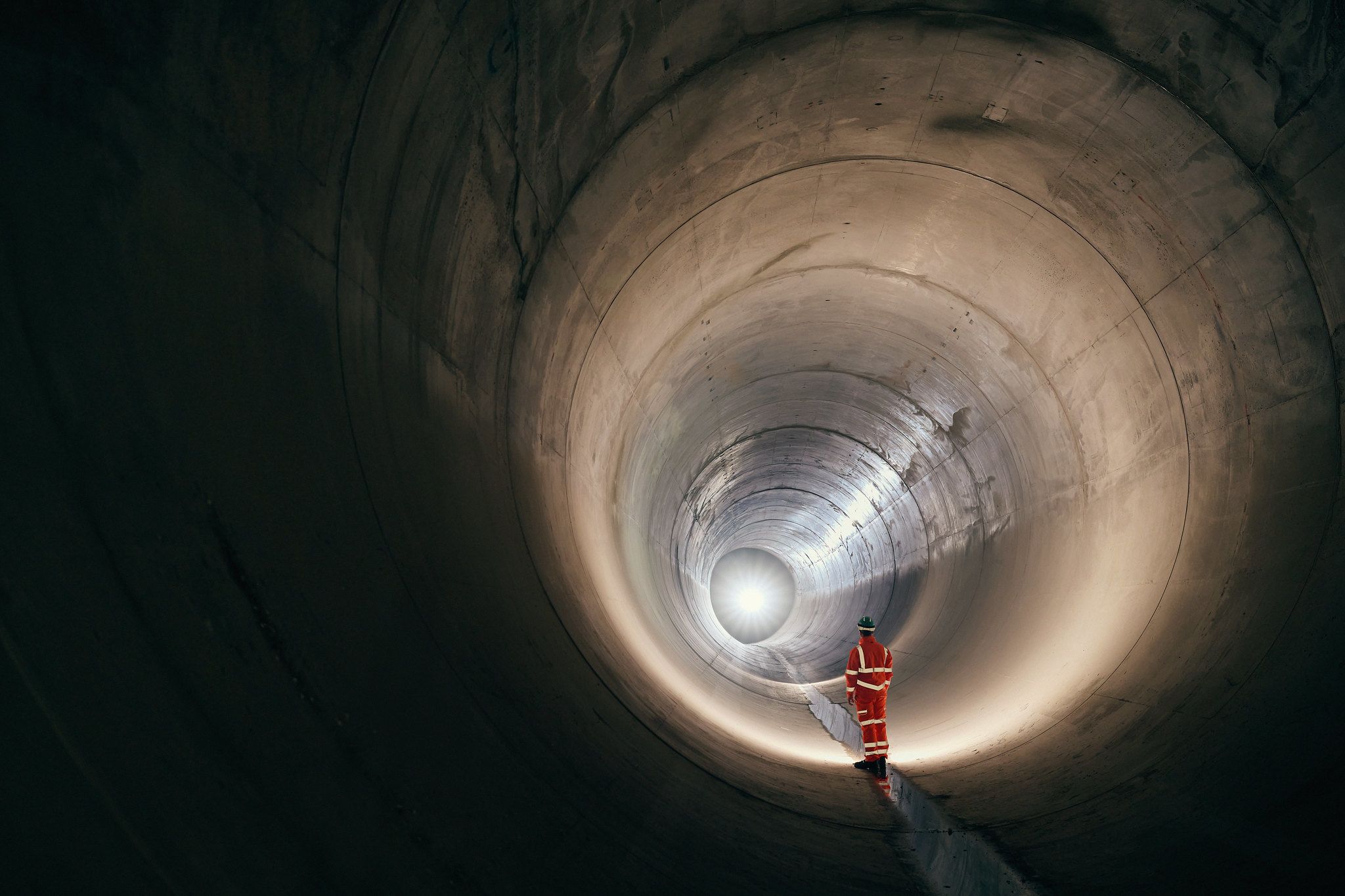
While the Thames Tideway Tunnel represents a significant step forward in improving the river’s water quality and tackling sewage pollution, Robb reminds us that responsible actions and active public involvement are still essential. Robb urges people to continue swimming in the Thames but to do so responsibly: “I want everybody to get back in the water, but we just need to use our common sense and be aware.” She advises checking the sewage discharge map, avoiding swimming after heavy rain, and opting for designated bathing areas like Wallingford or Oxford, where water quality is monitored.
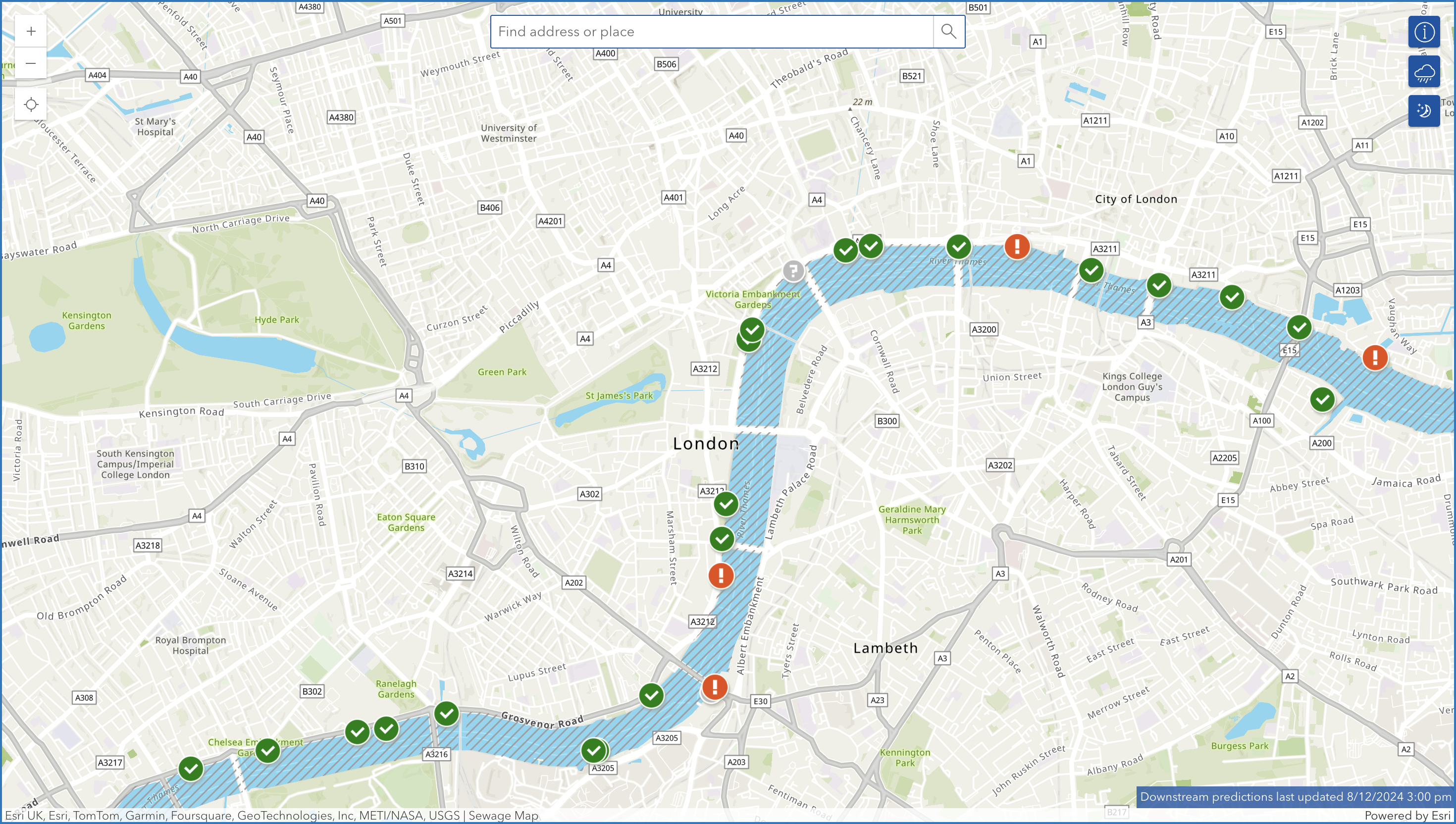
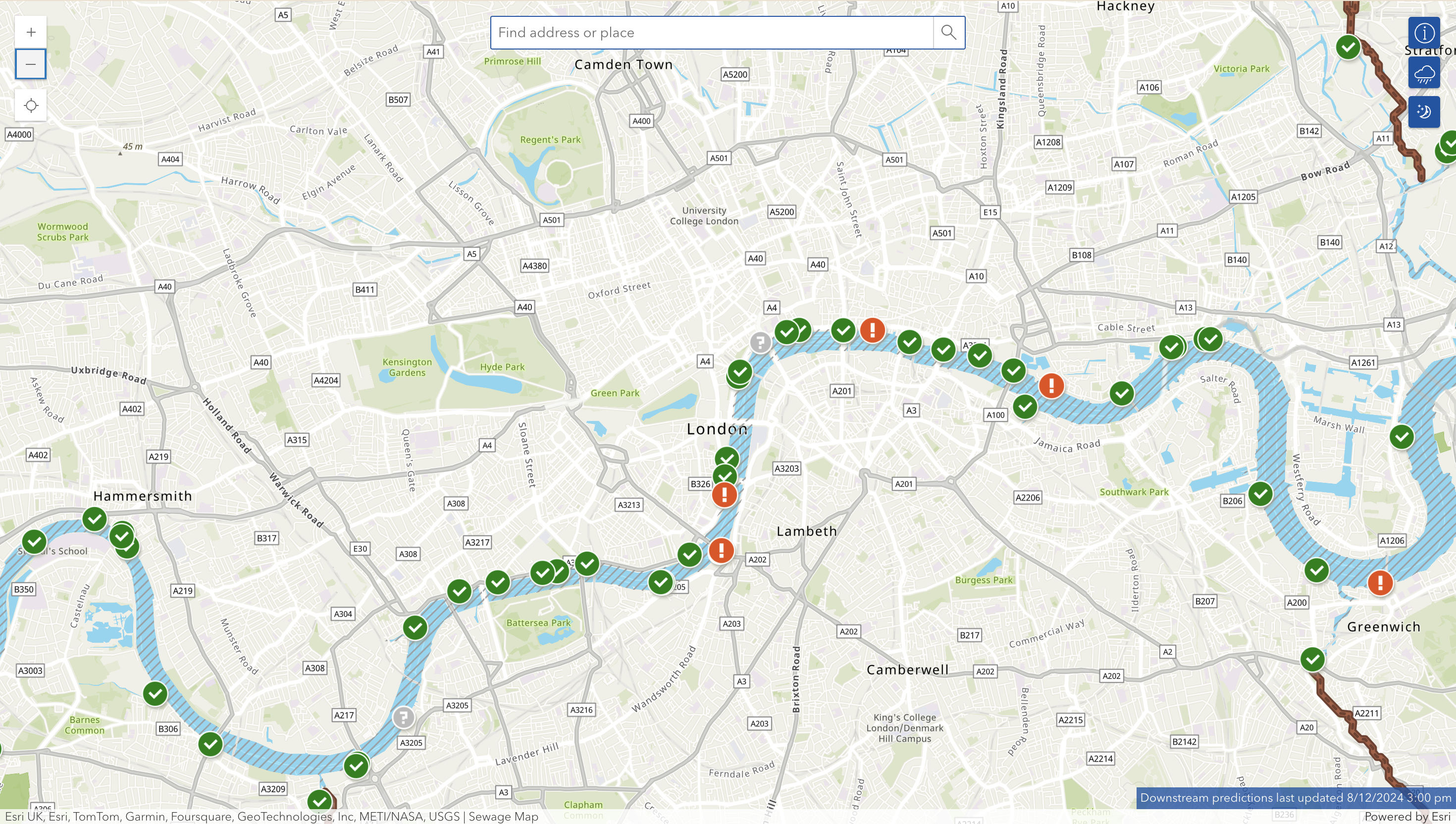
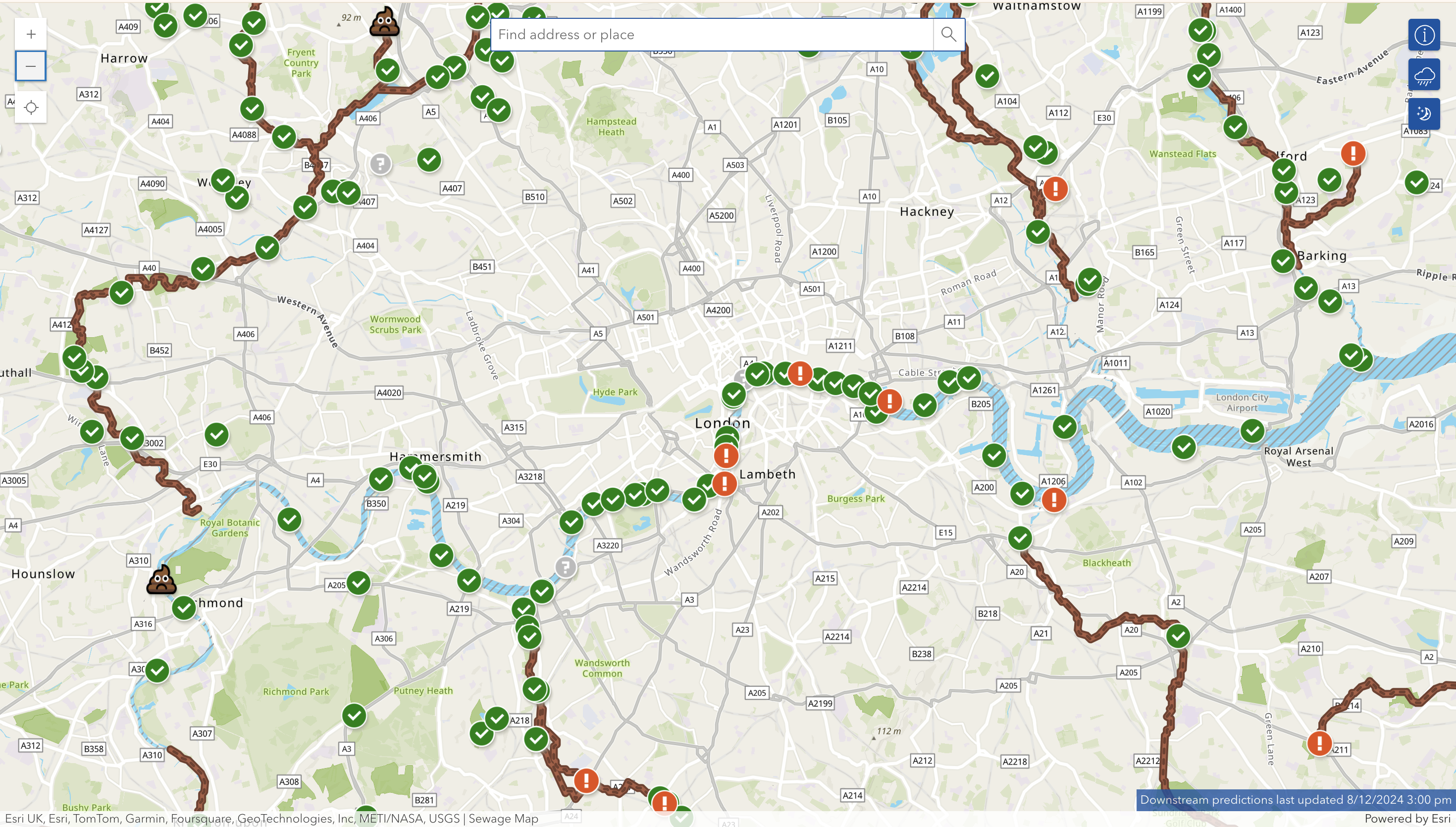
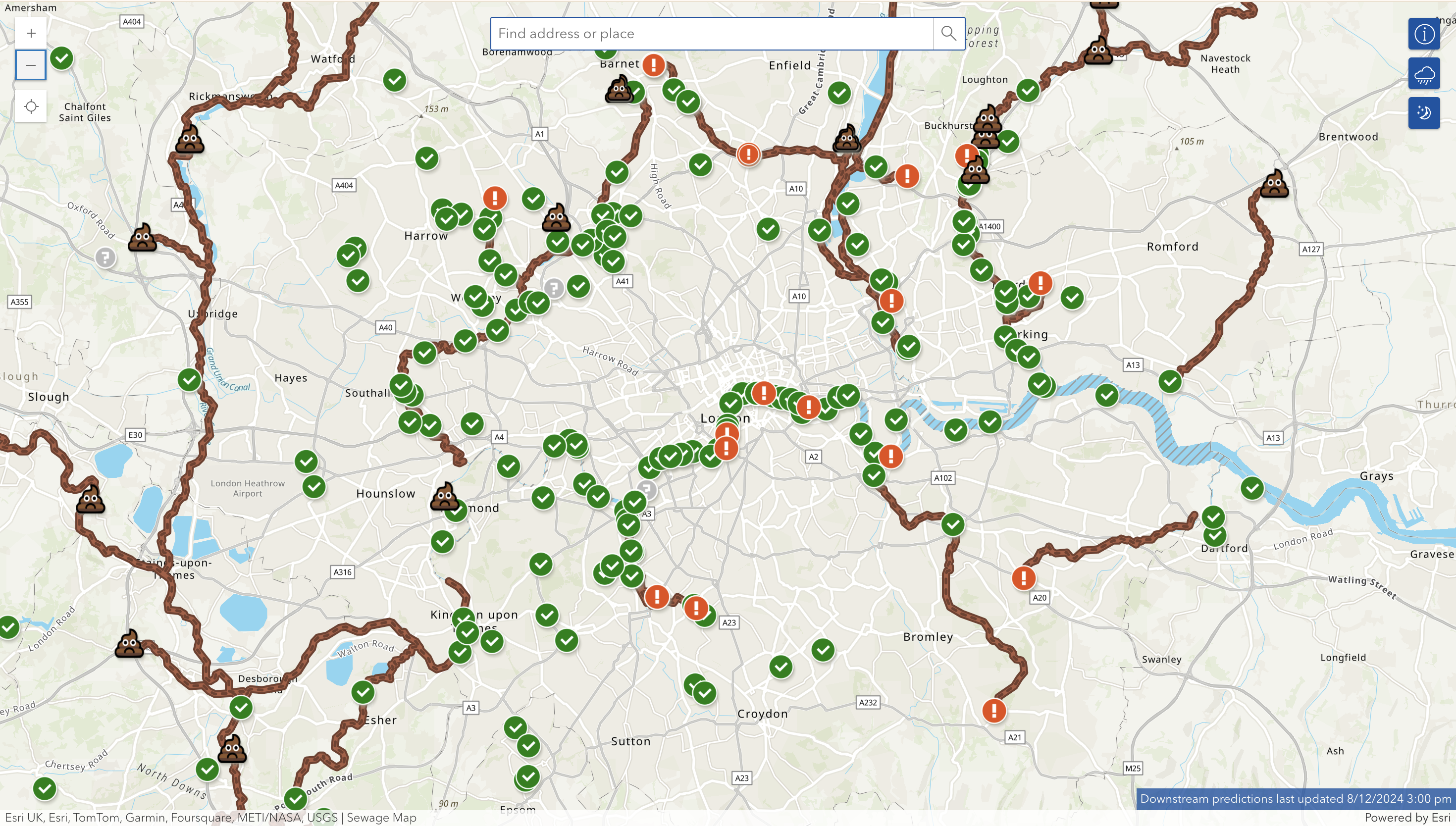
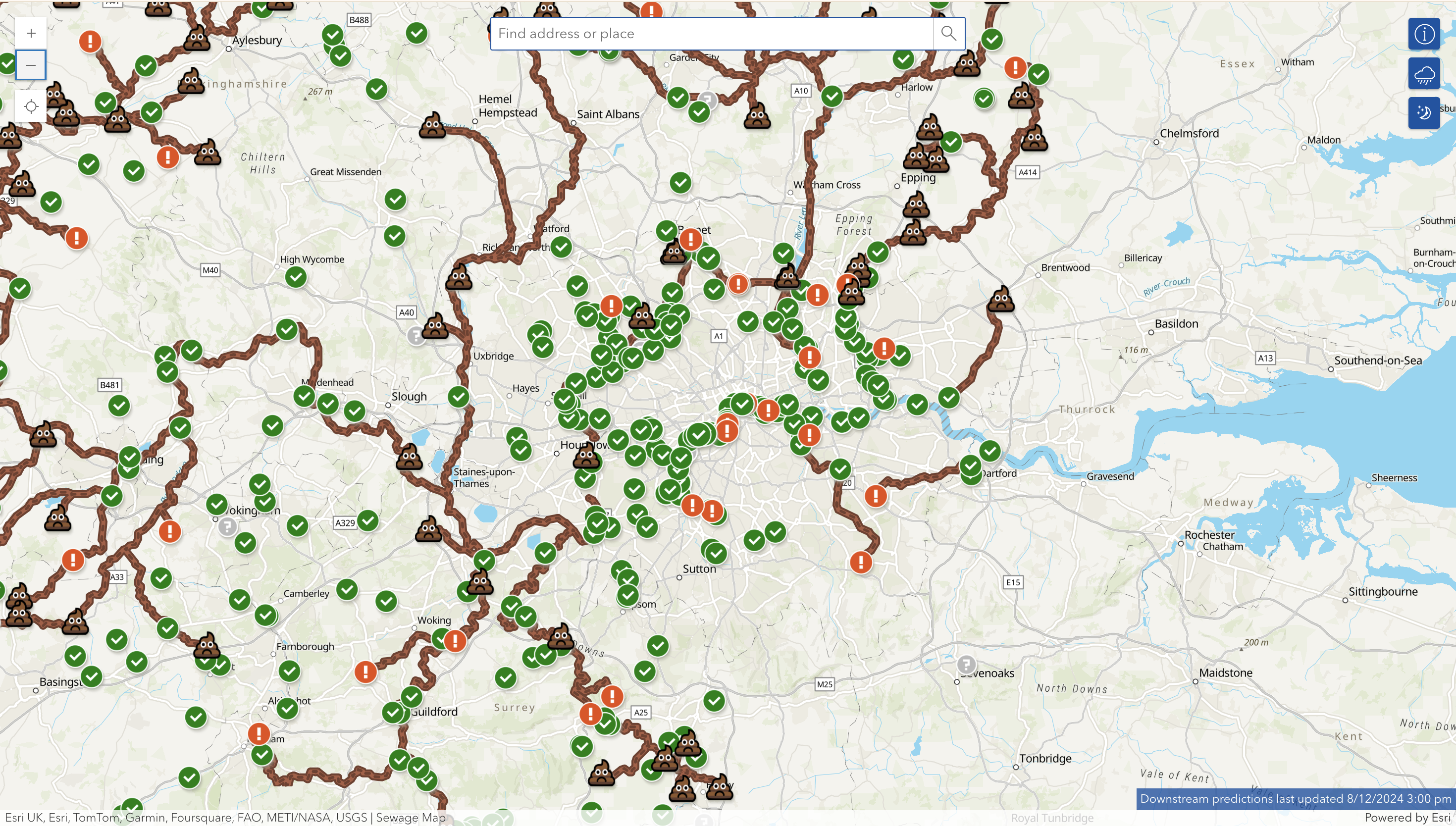
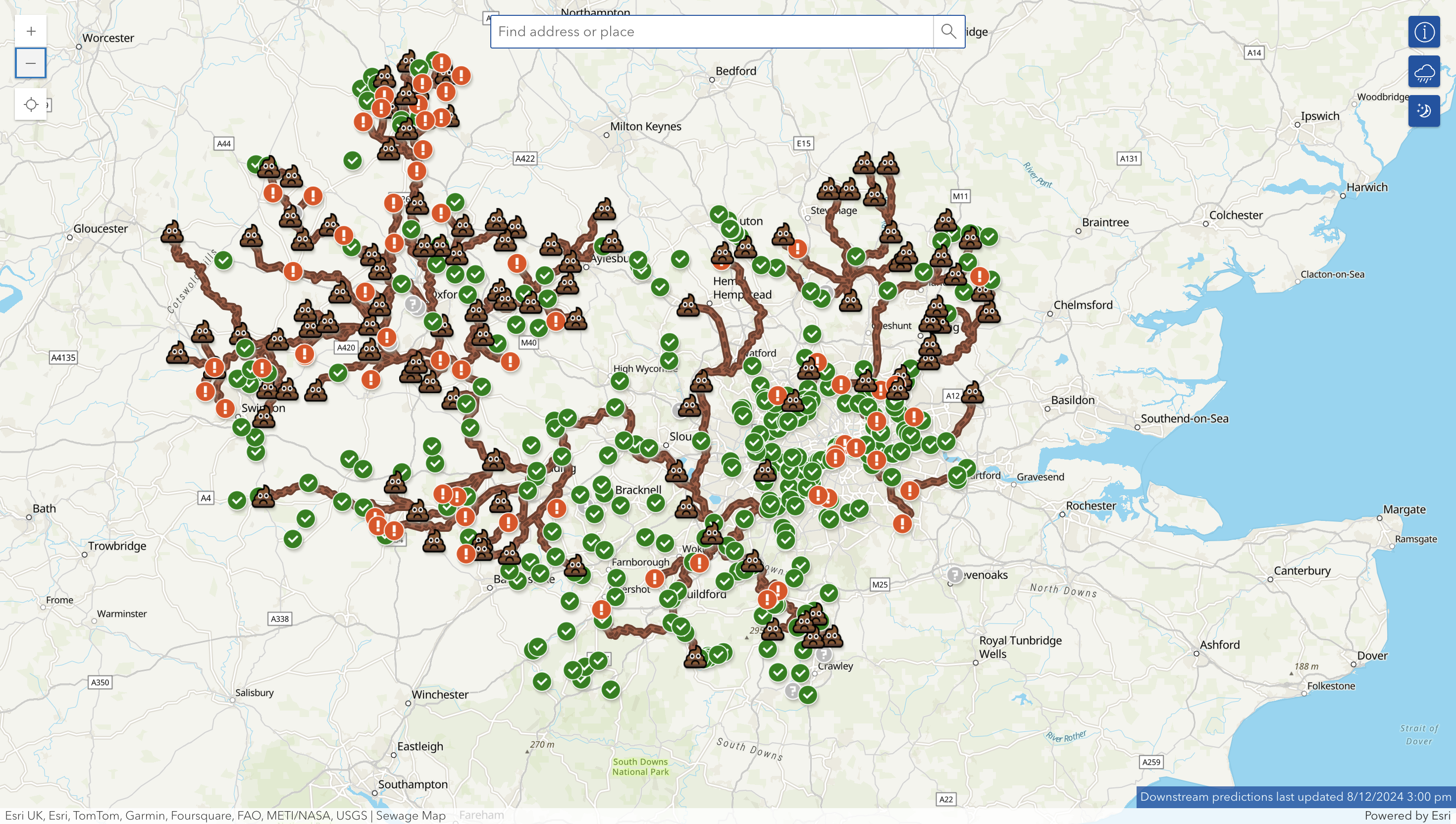
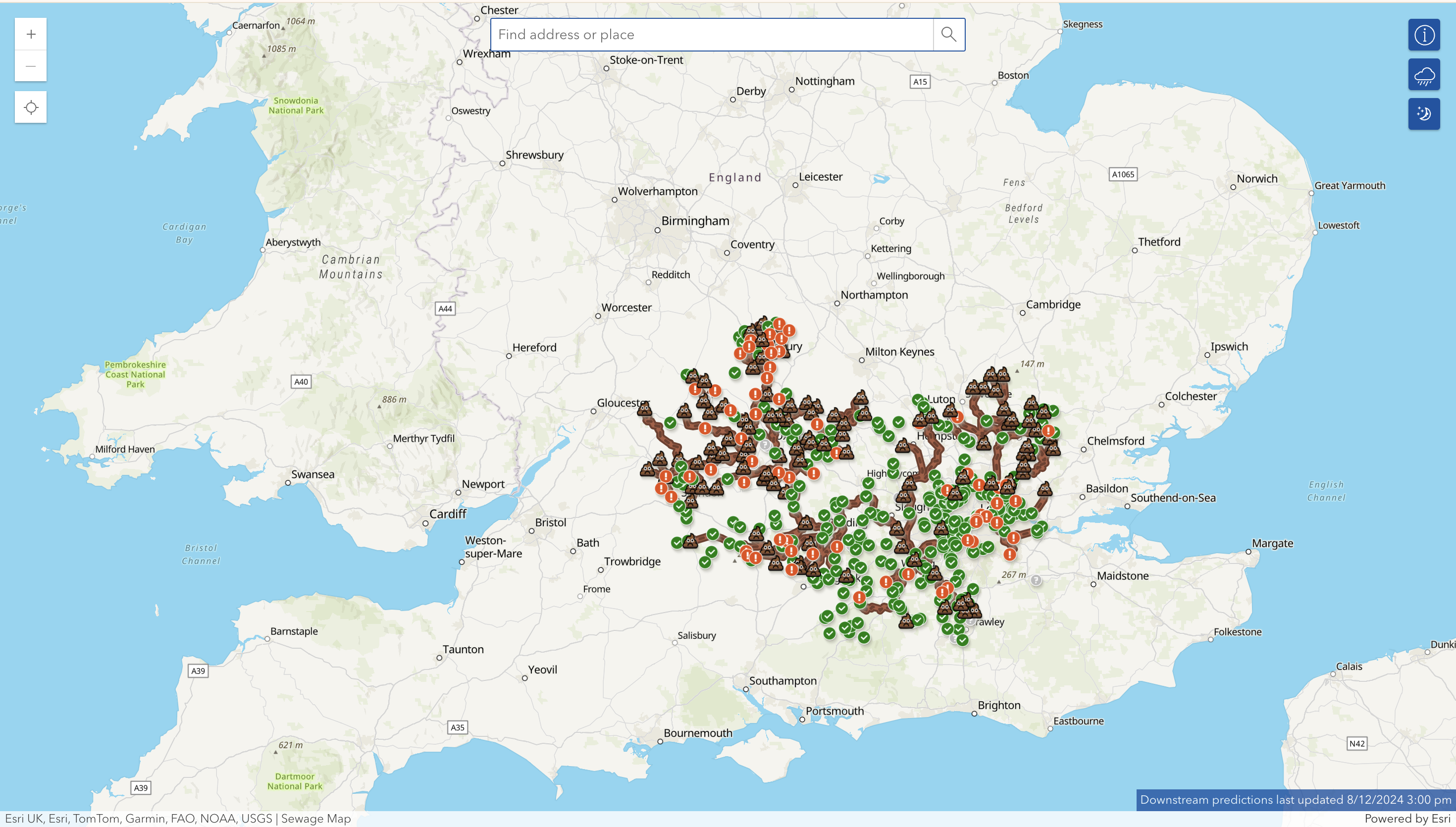
Every citizen, from local activists like Jo Robb to everyday Londoners, has a role to play in demanding accountability from water companies and supporting infrastructure projects like the Thames Tideway Tunnel. Whether it’s playing an active role in campaigning by joining protests, signing petitions, or donating to grassroots organizations like Windrush Against Sewage Pollution, Save Windermere, or SOS Whitstable, everyone can contribute to a cleaner Thames.
The crisis of sewage pollution in the River Thames is more than an environmental challenge—it’s a critical test of our collective commitment to public health and ecological preservation. Robb's call to action reminds us that safeguarding our rivers is not just about protecting a body of water—it’s about preserving the health and well-being of communities. Our actions, both individually and collectively, have the power to shape a future where the River Thames is cleaner, safer, and more sustainable for everyone.

